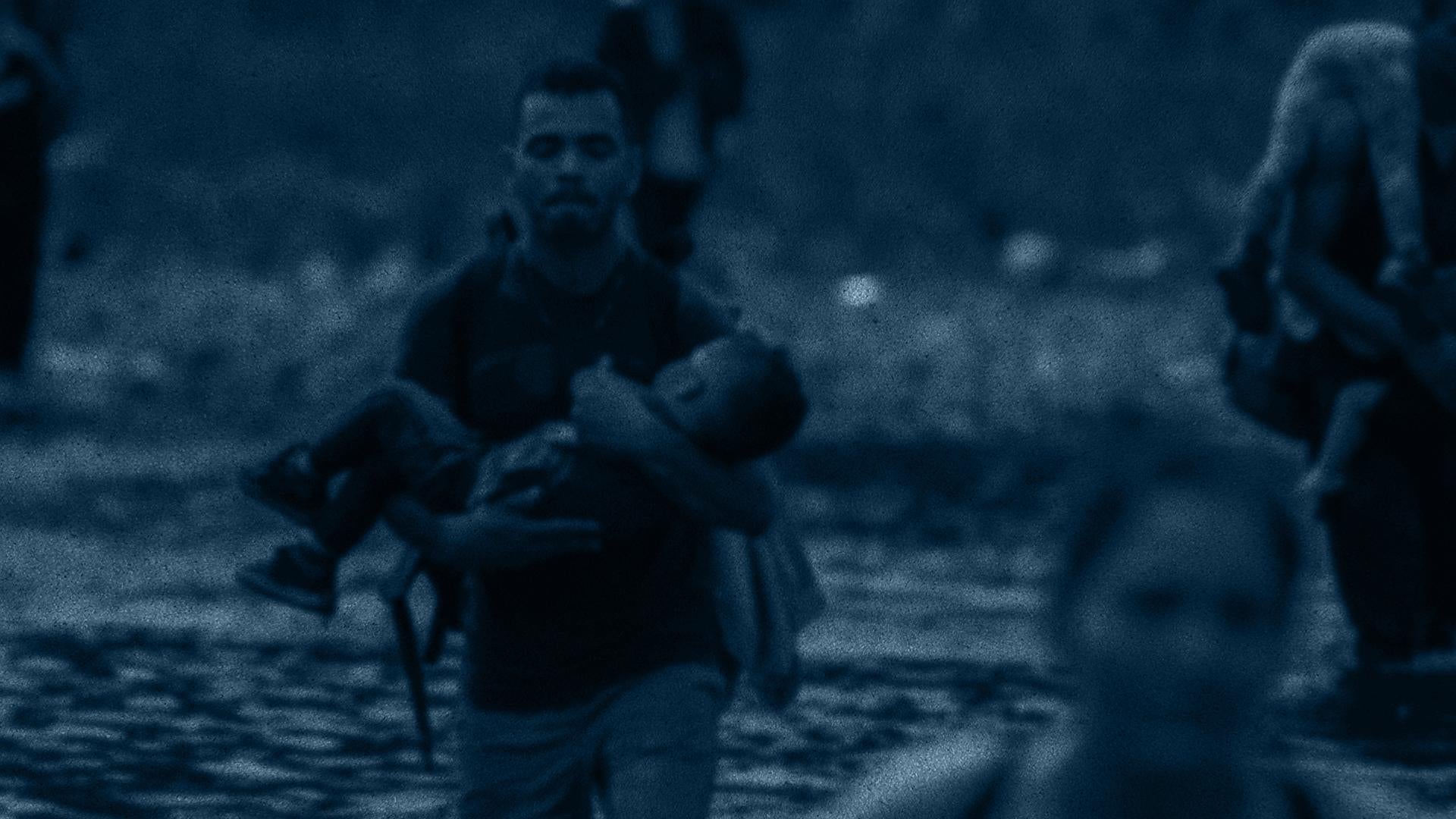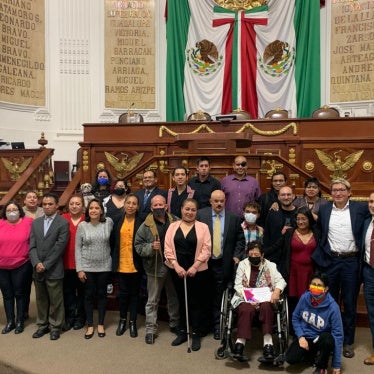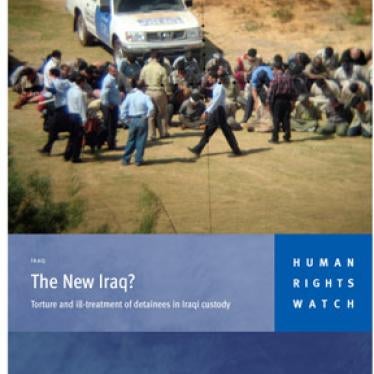Discrimination faced by people with disabilities can both cause poverty and be a hurdle in alleviating poverty. More than 80 percent of people with disabilities live in developing countries, illustrating both the confluence of poverty and disability and the importance of proactively addressing the needs of people with disabilities in development strategies. Even in countries where there have been significant gains toward achieving the MDGs, inequalities have grown. The MDGs have supported aggregate progress—often without acknowledging the importance of investing in the most marginalized and excluded, or giving due credit to governments and institutions which do ensure that development benefits these populations. Recognition of this shortcoming in the MDGs has brought an increasing awareness of the importance of working to reverse growing economic inequalities through the post-2015 framework, and a key element of this must be actively working to dismantle discrimination.
Q.1. What are the major CHALLENGES to implementing development policies & programmes for persons with disabilities?
1. Lack of access to services for people with disabilities
People with disabilities often face difficulties in accessing existing programs and services for reasons including lack of transport, inaccessibility and communication barriers. In addition, information is rarely provided in formats easily understood or used by people with pyschosocial and intellectual disabilities or with hearing and visual impairments.
Heightened risk of exposure to HIV and the difficulties in accessing health care and treatment for women with disabilities provide an example of this problem. Women with disabilities often cannot access HIV services and information, and therefore may lack knowledge about, or the ability to obtain and use HIV prevention and treatment services. In a Human Rights Watch investigation in northern Uganda, women with disabilities who were raped told Human Rights Watch that they were not tested for HIV afterward because there was no accessible transportation to health facilities providing HIV services, and that the clinics themselves were inaccessible. One woman in northern Uganda told Human Rights Watch that she had not been able to find out her HIV status because she would need to crawl a long distance and sleep on the road to get to the nearest HIV testing center.
2. Stigma
Stigmatizing beliefs also play a part in discrimination against people with disabilities and their ability to access existing aid and development programs. In northern Uganda, Human Rights Watch found that healthcare personnel are sometimes hostile toward women with disabilities and make derogatory remarks, including questioning why a woman with disability would ever engage in sex. Similarly, in research on Argentina in 2010, one disability activist told Human Rights Watch that some doctors thought her incapable of remembering to take her daily contraceptive pill because she is blind.
3. Denial of education and information on sexual health
People with disabilities are often shut out of education, including on sexual health. They are considered a distraction in schools, or incapable of learning. In many parts of the world, children with disabilities do not go to school because schools are physically inaccessible. The World Bank estimates that as many as 97 percent of all individuals with disabilities – and 99 percent of women with disabilities – are illiterate. It is commonly assumed that individuals with disabilities are not sexually active, but research shows that they are as likely to be as sexually active, and engage in the same kinds of sex (including homosexual sex) as their non-disabled peers. However, they are less likely to receive information about HIV prevention and safe sex, and are less likely to have access to prevention methods such as condoms.
4. Other
More broadly, a number of problems in the way that development programs are implemented have particular impact on people with disabilities, including:
- lack of political will to address the issues facing people with disabilities;
- lack of necessary data, including disaggregated data;
- lack of a rights-based approach to development, particularly by the international financial institutions;
- lack of recognition of the possible harm that development projects can have on people with disabilities, including a heightened impact of forced evictions.
Q.2. What approaches/actions have been SUCCESSFUL in promoting the inclusion of disability in development?
The following programs have been developed in the context of HIV treatment and prevention and provide examples of organizations across the world that actively engage with and offer services to persons with a range of disabilities.
- Liverpool Voluntary Counseling and Testing, Kenya: this program was originally designed for the deaf community, but has expanded to include all persons with disabilities, particularly those with physical and other sensory impairments. Liverpool VCT focuses on producing HIV information in accessible formats including audio, Braille and Kenyan Sign Language, and training service providers to work with persons with disabilities. Liverpool VCT has provided HIV testing and counseling to more than 35,000 persons with disabilities.
- Kenya Society for the Mentally Handicapped (KSMH) developed a home-based HIV prevention and treatment outreach program for people with intellectual disabilities in the Nairobi, Maragwa, and Thika districts of Kenya. As part of this project, it is developing an accessible radio program to inform HIV-positive people with intellectual disabilities about antiretroviral therapy.
- AIDS & Disability Action Program British Colombia Coalition of People with Disabilities, Canada collected and created HIV and AIDS education materials for people with all types of disabilities, including the development of booklets on how to use a condom, sexual abuse, and HIV among older persons with disabilities, which are available in high and low literacy formats, Braille and audio tapes. These resources were developed with input from people with disabilities themselves. In 2010, ADAP began developing resources for people living with HIV and mental health issues. They now create training resources to support frontline staff and to increase resilience and wellness among people living with HIV and depression.
- Strengthening the AIDS Response Zambia (STARZ) isaprogram that ran from 2004-2009, successfully advocating for the inclusion of people with disabilities in the national HIV response. By partnering with disabled people’s organizations, STARZ was able to understand the specific challenges in accessing HIV education and services for each disability. As a result, disability is now specifically addressed in national public policy strategies, such as Zambia’s Fifth National Development Plan. STARZ also forged partnerships between local disabled persons’ organizations and the Zambian government to ensure that people with disabilities continue to be included in the national HIV discussion.
- Central American Forum about HIV and Disability:Countries in Central America have joined together to create this forum, which joins high-level officials, experts, and persons with disabilities from each country in the region to develop strategies to address HIV and disability. Each meeting of the forum is dedicated to a different topic, such as inclusive public policy or monitoring national HIV programs, to ensure that people with disabilities are included in the response. Countries throughout Central America have launched inclusive sexual education campaigns. The tagline, “EL SIDA NO DISCRIMINA” (“AIDS does not discriminate”) combats stigma faced by people with disabilities, and misconceptions that they are not sexually active.
- Jamaica AIDS Support for Life (JASL)has been empowering vulnerable populations to prevent HIV, and promoting a human rights-based approach to the country’s HIV response. JASL’s hearing impaired project connects deaf men who have sex with men to health care services. This population is taught about safe sex methods, and also provided with medical and psychological treatment as needed.
- Jamaica Council of Persons with Disabilities (JCPD)in the Ministry of Labour and Social Services launched the public education campaign, “Education and economic empowerment for persons with disabilities”. The program provides accessible HIV education, such as printed Braille pamphlets and sign language interpreters on televised HIV prevention messages. The program specifically targets Jamaican deaf women and girls, given their particular vulnerability to sexual violence. They are taught self-defense and economic skills to encourage financial independence. The program operates under the premise that empowering women reduces their vulnerability, thereby reducing their risk of HIV infection.
The following projects are examples of inclusive approaches to education that allow students with disabilities to participate in mainstream classrooms:
- A program in Samoa, funded by the Australian Agency for International Development (AusAid), prepares students who are blind or visually impaired to attend regular public schools with their non-disabled peers, instead of being segregated in specialist schools. The funding is used to buy equipment such as Braille machines, computers with screen reading software, and high speed internet access to facilitate Teleschool lessons (a service that allows children with disabilities to communicate with support service providers online).
- A project funded by the Danish government in the Banke district in Nepaldemonstrates that inclusive education can be achieved with limited resources. The teachers adopted different teaching methods, including working in groups so students at different skill levels could assist and encourage each other. The schools also benefited from international technical assistance, which monitored and followed up on progress and constraints. As a result of these efforts, children with sensory and intellectual disabilities were integrated with the rest of the class, and teachers reported that inclusive teaching methods improved discipline and the general working atmosphere.
- The Resource Center for Rehabilitation and Developmentin Nepal runs a day care center for children with intellectual, developmental and multiple disabilities in Bhaktapur district, just outside of Kathmandu. The organization provides rehabilitation services, including assistive devices, and trains teachers and administrators of mainstream schools on basic techniques to make classrooms inclusive. They have used a range of strategies to create awareness among teachers, parents and students about the need to bring children with disabilities into mainstream schools, including through meetings and child-to-child interactions in class and on the playground. They have helped over 30 students with mild to moderate intellectual disabilities integrate into general schools.
Q.3. What specific steps, measures or ACTIONS should be taken to promote the goal of a disability inclusive society?
1. Legal equality
Discrimination is a key underlying cause of inequality and needs to be addressed by governments to successfully reduce inequality more broadly. States have a clear obligation to end discrimination under the law and must enact effective laws against both direct and indirect discrimination by both government and private actors, including in access to development assistance.Failure to do so may lead to unequal outcomes of development and poverty alleviation programs. Maintenance of state-sponsored discrimination can undermine development activities for specific sectors of the population, even if overall a country is meeting its goals and indicators.
The post-2015 framework should recognize the importance of identifying, prohibiting, and dismantling discriminatory practices—direct and indirect—for poverty alleviation. Governments should implement the necessary strategies, policies, and action plans, which may include temporary special measures to accelerate the achievement of equality, to address discrimination.
The post-2015 framework should emphasize the importance of development reaching the most marginalized populations, including people with disabilities. It can go some way toward achieving this by including:
o A specific target of addressing the social and economic needs of the most marginalized or discriminated against groups in each country, including people with disabilities.
o Indicators to identify structural discrimination, including consideration of discriminatory laws and discrimination by private actors. Considerations should include whether governments have non-discrimination laws that bind public and private entities (with a definition of discrimination consistent with international human rights law), require public and private institutions to develop non-discrimination action plans, and fully implement such laws and policies.
o Indicators to measure realization of urgent social and economic needs of the most marginalized populations, including people with disabilities.
o Indicators which measure the achievement of each target for the most marginalized or discriminated against groups in each country.
o Strengthen data collection and analysis along grounds of discrimination to increasingly identify barriers to poverty eradication. It may not be feasible to disaggregate data by all potential grounds of discrimination, but at a minimum data should be disaggregated by gender, demographic group (i.e. ethnic background, language, religion), locale (rural/urban/slum household, state/territory), age, and disability, in order to see determine the multiple forms of discrimination and how they impact people with disabilities.
The post-2015 framework should emphasize the importance of development reaching the poorest, many of whom are persons with disabilities. It can go some way toward achieving this by including:
o A specific target of addressing the social and economic needs of the poorest two wealth quintiles in each country.
o Indicators which measure the achievement of each target by wealth quintiles. This will require the collection of data along wealth quintiles.
o A specific target on reducing income inequalities within countries, with an emphasis on reducing the gap between the richest and poorest quintiles (20:20 gap) or between the top quintile and the bottom two quintiles (10:40 gap).[1]
2. Access to primary education
As the MDGs recognize, access to primary education is a core development goal. International law clearly requires primary education to be universal, compulsory and free. Yet millions of children suffer from discriminatory barriers to education and either never attend school or are compelled to leave school early. Human Rights Watch's research on education in Nepal has documented widespread discrimination experienced by children with disabilities, who are prevented from realizing their right to education by a range of barriers. These include inadequately trained teachers, a lack of appropriate materials, no transport provision, and negative attitudes towards children with disabilities. As a result, children with disabilities represent a significant proportion of the 330,000 primary school age children who remain out of school in Nepal. These patterns are replicated elsewhere—globally, children with disabilities are less likely to start school and have significantly lower rates of school completion than non-disabled children. Development strategies should be directed at ensuring the full agency of persons with disabilities. The government, donors, and international institutions need to take the necessary steps to address the barriers that keep children with disabilities from attending school, including providing accessible schooling; training teachers in educating children with disabilities; and developing appropriate curriculum that account for the special needs of children with disabilities.
Q.4. What are the ROLES of the relevant stakeholders?
1. Governments
- Ratify and incorporate into national law instruments that protect the rights of persons with disabilities, including the Convention on the Rights of Persons with Disabilities.
- Implement effective laws against both direct and indirect discrimination.
- Implement the necessary strategies, policies, and action plans to address discrimination,
which may include temporary special measures to dismantle discrimination and progress toward equality.
- Identify structural barriers that facilitate or exacerbate discrimination, including by reviewing national laws and actions by both public and private actors.
- Require public and private institutions to develop non-discrimination action plans, and fully implement these policies.
- Take the necessary steps to address the barriers that keep children with disabilities from attending school.
- Meaningfully consult with persons with disabilities in formulating and implementing key policies and strategies that affect persons with disabilities.
- Collect and disaggregate data by disability, gender, demographic group (i.e. ethnic background, language, religion), locale (rural/urban/slum household, state/territory) and age, and use this information to develop or strengthen development assistance programs.
2. Development agencies
- Analyze the human rights impacts of all development programs, projects to identify impacts on the human rights of affected people, avoid and mitigate adverse impacts, and maximize positive impacts.
- Ensure that aid programs and services specifically address the needs of people with disabilities and do not have adverse, discriminatory impacts on people with disabilities.
- Ensure that people with disabilities have the opportunity to meaningfully participate in the crafting of development agendas and activities.
- Partner with disabled persons’ organizations to accurately assess the needs of people with disabilities and ensure that their voice is integrated into development programs.
- More closely monitor the implementation of funded programs on an inclusive basis, including by encouraging the government to collect and disaggregate data.
- Ensure sufficient financing for inclusive education. Consider funding the government, disabled persons’ organizations and NGOs for programs to support children with disabilities and realize their rights, particularly the right to education.
- Collect and disaggregate data by disability, gender, demographic group (i.e. ethnic background, language, religion), locale (rural/urban/slum household, state/territory) and age, and use this information to develop or strengthen development assistance programs.
3. Service providers/NGOs
- Ensure that services – including health care centers, testing centers, care services, and teaching and training sessions – are fully accessible to people with various types of disabilities, including by providing transportation and providing ramps for those in wheelchairs.
- Ensure that services are physically accessible, and provide sign language interpretation, easy-to-understand information materials, and Braille resources.
- Train staff on disability issues and train persons with disabilities as peer support workers in supporting the work of organizations and service providers.
- Develop programs to combat stigma and discrimination against people with disabilities.
[1] Save the Children. (2012). Born equal: How reducing inequality could give our children a better future. Retrieved from http://www.savethechildren.org.uk/sites/default/files/images/Born_Equal.pdf









